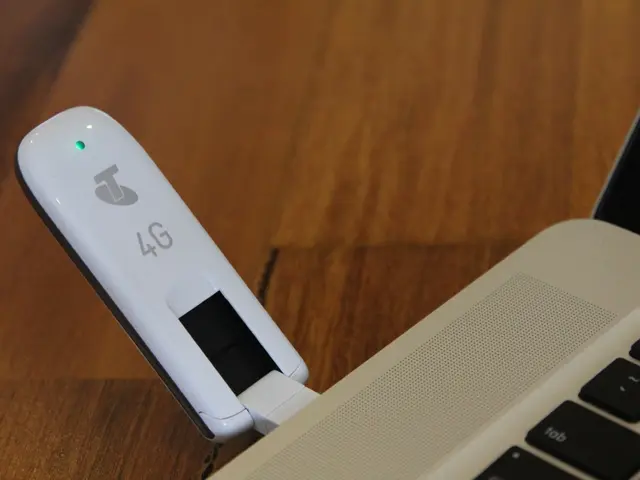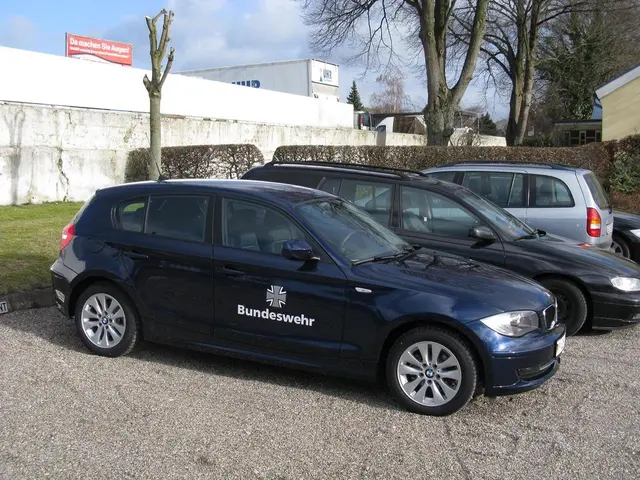Exploring Patent Application Deadlines: An In-Depth Breakdown
Navigating Patent Filing Timelines: A Guide for Inventors and Businesses
Patent filing timelines are crucial for inventors and businesses aiming to safeguard their intellectual property efficiently. These timelines refer to the sequential events and durations involved in obtaining legal protection for an invention.
The patent filing process begins with the preparation of a detailed application, followed by submission to the relevant patent office. Each jurisdiction has its specific procedures, which can influence the overall timeline significantly. For example, the US Patent and Trademark Office (USPTO) has standardized timelines for certain procedural steps, such as issuing Notices of Filing Date Accorded within 14 days for post-grant proceedings, which affects downstream decision timelines and predictability.
Being aware of patent filing timelines allows inventors to plan their research and development efforts effectively. However, complications during the examination can also contribute to timeline extensions, such as unclear claims or insufficient prior art searches. The granting of a patent may occur within a few weeks following a successful examination, but this duration is contingent on the office's efficiency and any pending responses from the applicant.
The key stages in patent filing timelines include initial submission, initial review, substantive examination, and granting of the patent. The typical duration for pre-filing preparation can range from a few weeks to several months, depending on the complexity of the invention and the thoroughness of prior art searches.
The patent examination process is one of the longest durations, ranging from several months to over three years, with the speed varying significantly based on the office's backlog and technical fields. Delays in responding to office actions or inquiries from the patent office can lead to extended timelines in the overall patent filing process. Responding to office actions, where applicants must address examiner inquiries or objections, can contribute to delays in the patent filing process.
Advancements in technology, such as artificial intelligence and machine learning tools, are automating various stages of the patent application process, potentially reducing review times. However, incomplete applications can lead to significant delays in the overall patent filing timelines, as they necessitate additional correspondence between the applicant and the patent office.
The importance of adhering to patent filing timelines lies in the potential consequences of delays, such as preserving a patent applicant's priority date and avoiding potential disputes or loss of rights. Understanding patent filing timelines is vital for inventors and businesses aiming to safeguard their intellectual property efficiently.
In the global landscape, the duration of patent filing timelines in different jurisdictions is influenced by several key factors, including procedural practices and policies of patent offices, complexity of the invention, backlogs and workload at patent offices, filing strategies and priority claims, legal and regulatory environments, publication requirements, and applicant's responsiveness and interaction. The U.S., for instance, has made efforts to standardize timelines for post-grant proceedings to enhance predictability, while foreign filings must meet strict priority claim deadlines to avoid complications. Typically, from publication to grant, it can take 12 to 36 months depending on these factors.
In conclusion, patent filing timelines vary by jurisdiction primarily due to differences in patent office procedures, examination workload, regulatory requirements, complexity of the invention, filing strategies and deadlines, and applicant actions. Applicant response time significantly influences the overall patent filing timelines, impacting the duration of patent prosecution.
- In order to efficiently safeguard intellectual property related to technological advancements, it's essential for inventors and businesses to understand the patent filing timelines, which involve stages like initial submission, substantive examination, and granting of the patent.
- The use of technology, such as artificial intelligence and machine learning tools, can potentially reduce review times in the patent application process, but incomplete applications or delays in applicant responses can lead to significant extensions in the overall patent filing timeline.




